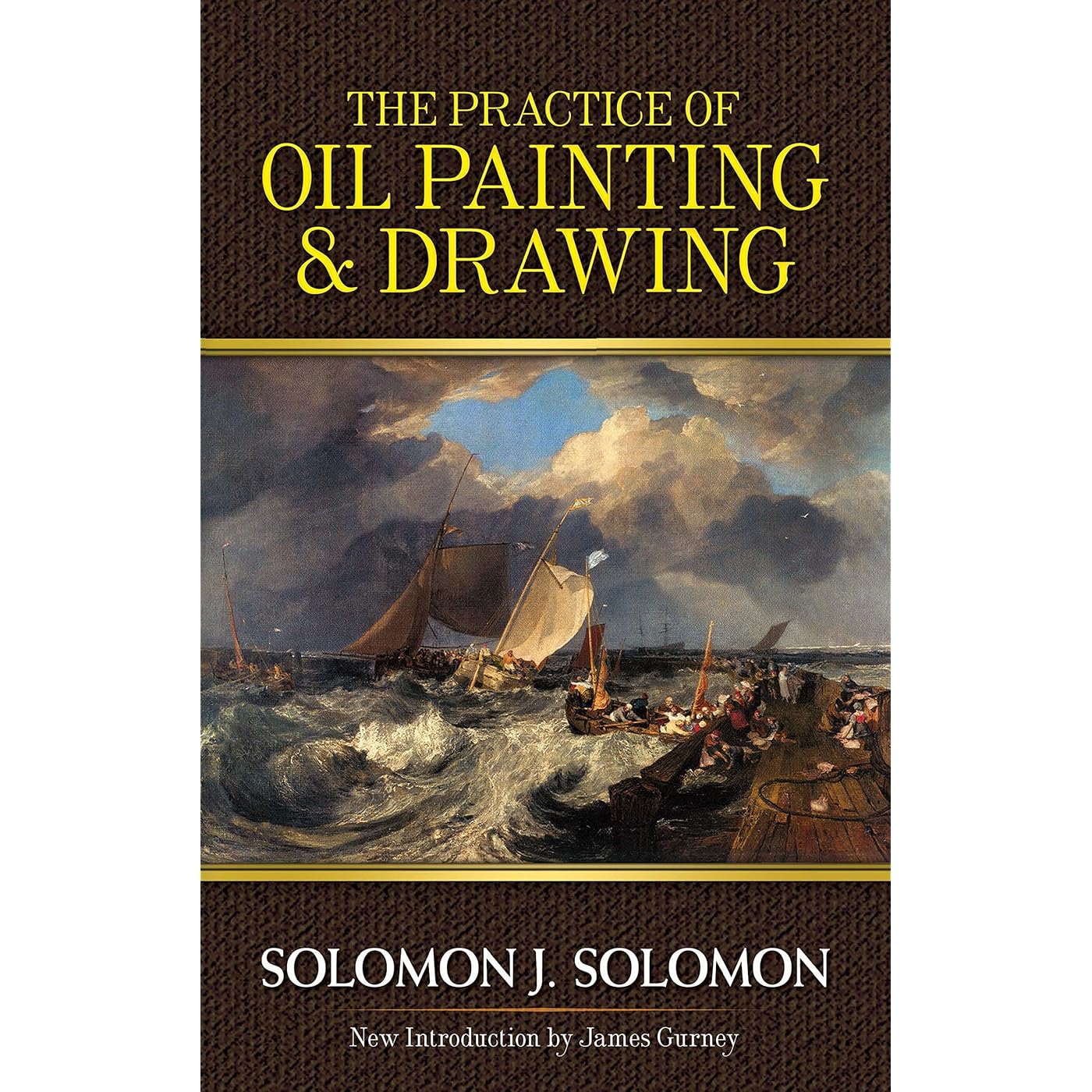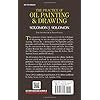



Ready to go? Add this product to your cart and select a plan during checkout. Payment plans are offered through our trusted finance partners Klarna, PayTomorrow, Affirm, Afterpay, Apple Pay, and PayPal. No-credit-needed leasing options through Acima may also be available at checkout.
Learn more about financing & leasing here.
This item is eligible for return within 30 days of receipt
To qualify for a full refund, items must be returned in their original, unused condition. If an item is returned in a used, damaged, or materially different state, you may be granted a partial refund.
To initiate a return, please visit our Returns Center.
View our full returns policy here.
Description
This instructive volume introduces not only the techniques of oil painting but also the underlying principles of figure drawing. Written by a distinguished Pre-Raphaelite painter, portraitist, and book illustrator, the treatment begins by explaining the construction of the figure, head, and limbs. Succeeding chapters illustrate these teachings with examples of images by the Old Masters, including paintings from the Italian, Dutch, Spanish, French, and British schools. The Birmingham Daily Post pronounced this volume "probably the most useful handbook for art students that has yet been published." Students at every level of expertise will benefit from its discourses on light and shade, monochrome study, still life in color, painting from life in monochrome, coloring a monochrome, and painting in color direct from life. Thirty-two full-color pages complement this new edition of a timeless guide. Read more
Publisher : Dover Publications (September 19, 2012)
Language : English
Paperback : 384 pages
ISBN-10 : 0486483584
ISBN-13 : 80
Item Weight : 1.22 pounds
Dimensions : 5.5 x 1.25 x 8.5 inches
Best Sellers Rank: #634,572 in Books (See Top 100 in Books) #129 in Oil Painting #633 in Figure Drawing Guides #8,784 in Coloring Books for Grown-Ups
#129 in Oil Painting:
#633 in Figure Drawing Guides: